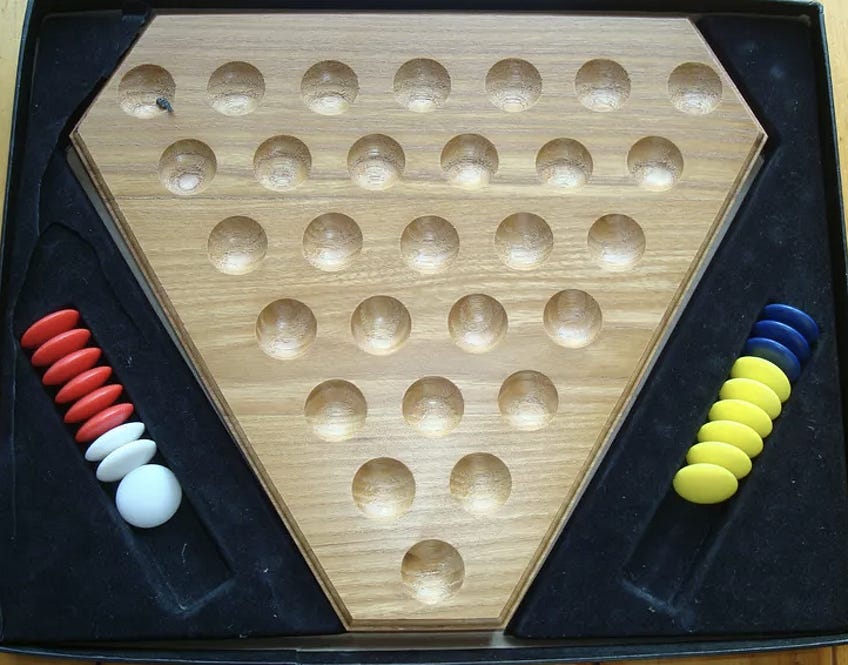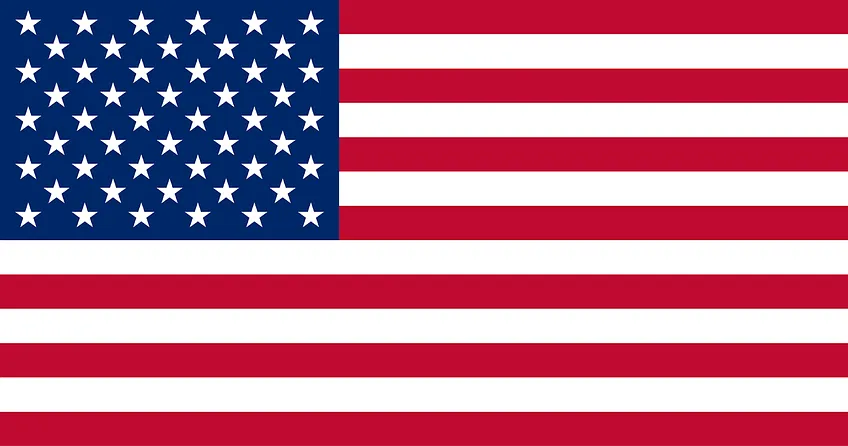Happy 100th Fiddler!¶
Fiddler¶
From Samuel Klein comes a triangular tribulation:
Dozo is a strategy game with a rather distinctive board:

The board features 28 holes in which players place markers, with the goal of making an equilateral triangle of any size with one color.
How many distinct equilateral triangles can you find whose vertices are the centers of holes on the board? (If two triangles are congruent but have different vertices, they should still be counted as distinct.)
